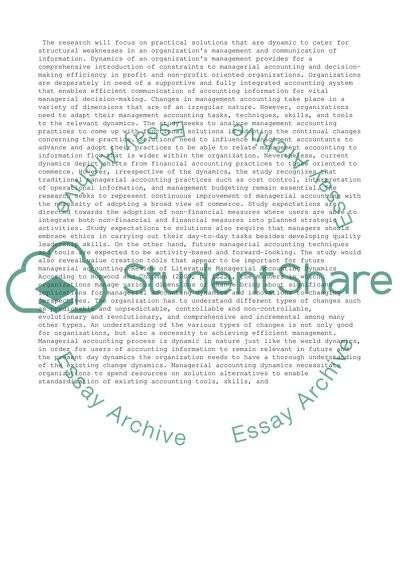Cite this document
(“Dynamics of Managerial Accounting Process Research Paper”, n.d.)
Dynamics of Managerial Accounting Process Research Paper. Retrieved from https://studentshare.org/management/1442488-managerial-accounting-processes
Dynamics of Managerial Accounting Process Research Paper. Retrieved from https://studentshare.org/management/1442488-managerial-accounting-processes
(Dynamics of Managerial Accounting Process Research Paper)
Dynamics of Managerial Accounting Process Research Paper. https://studentshare.org/management/1442488-managerial-accounting-processes.
Dynamics of Managerial Accounting Process Research Paper. https://studentshare.org/management/1442488-managerial-accounting-processes.
“Dynamics of Managerial Accounting Process Research Paper”, n.d. https://studentshare.org/management/1442488-managerial-accounting-processes.


